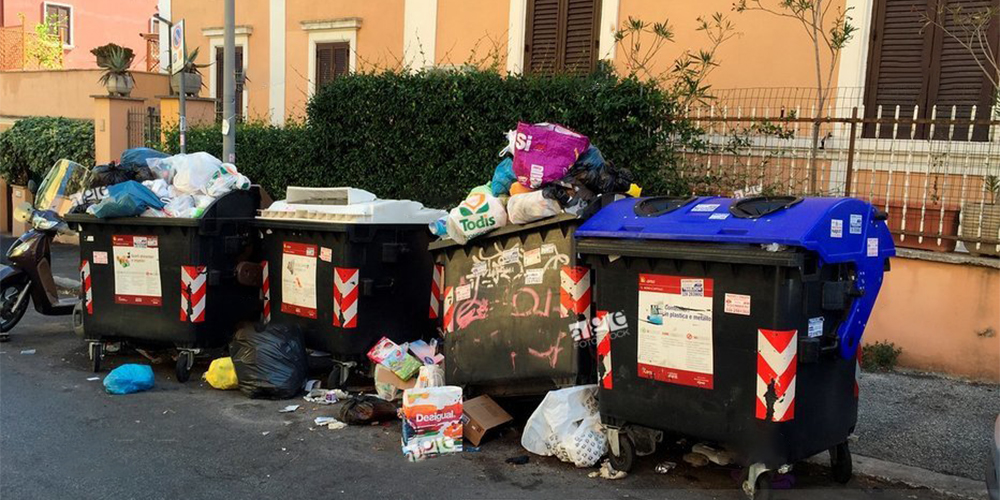After current supplies run out, Vatican City will no longer sell any single use plastic items in its territory
As the world contintes to struggle to find a meaningful response to the overwhelming issue of plastic waste, The Vatican City has made steps to reduce its own footprint. It will no longer sell single use plastic as soon as its current supplies run out, well ahead of the European Union's deadline of 2021.
While it may be easy to think of the Vatican City as only a drop in the ocean given its size - less than a thousand residents, it neverthless has thousands of employees and countless visitors, producing 1,000 tons of refuse a year.
We have been making an effort to sort as much (plastic) as possible, and the state has limited all sales of single-use plastic,”said Rafael Ignacio Tornini, head of the department handling Vatican City State’s gardens and waste collection.
The ban includes common items such as single-use plastic include bags, water bottles, cutlery, straws and balloons. The top five single-use plastic items polluting European shores are cigarette butts, bottles and caps, food packaging, cotton swab sticks and wet wipes, according to research in 2016 by the European Commission.
Individuals are expected to place recyclable items in the correct bins or curbside dumpsters, while the department handles door-to-door pickup of organic waste and cooking oil After food waste collection began five months ago, he said, the amount of total unrecycled waste has dropped by 12 to 13 percent each month.
The Vatican has been improving its eco-friendliness for some time now, most notably when it installed a solar power system on the roof of the Paul VI audience hall in 2008. It also started a recycling program in 2008, of which 55% of its municipal solid waste is now being properly sorted and recycled through a private contractor in Italy according to Tornini. Their goal, he said, is to reach EU standards of recycling 70-75 percent of regular wasteage.
In an effort to better recycle what tourists leave behind, Tornini said, “we have been able to collect about 22 lbs. (10 kg) of plastic a day” from containers under the colonnade of St. Peter’s Square. He said they have had great success in recycling up to 98 percent of waste brought to its “eco-station” that handles “special” waste like batteries, tires, expired pharmaceuticals and other hazardous refuse.
Despite all the recycling programs and equipment put into place, what Tornini belives that what was really needed was a change in mentality. “We took to heart the Holy Father’s guidelines in ‘Laudato Si’.’ Our common home needs safeguarding, and if it doesn’t start with us, what good is that?.”
Republished from Catholic News Service. Original story here
